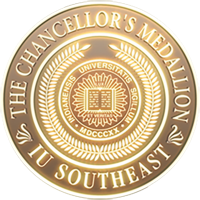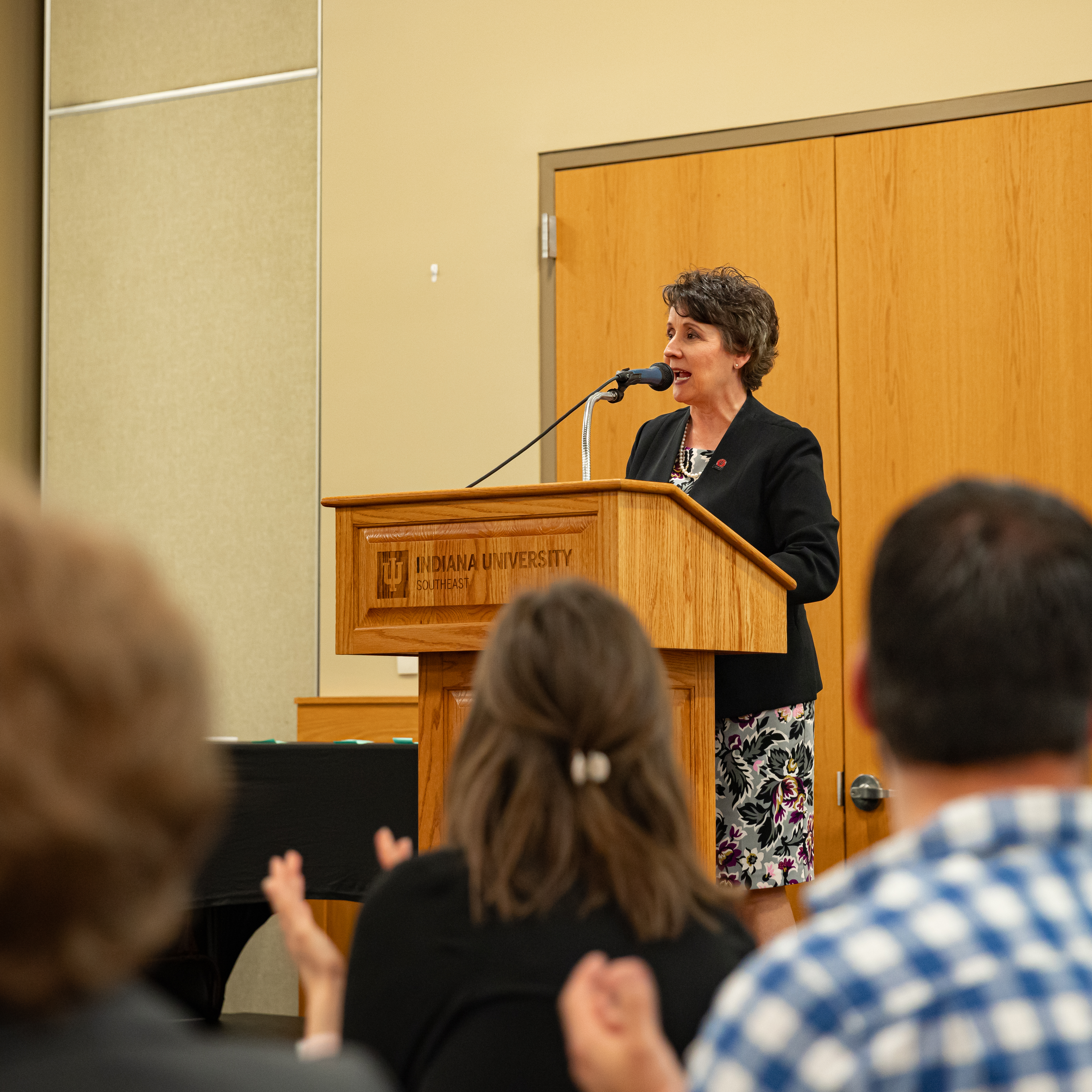Natural and Physical Sciences
Courses can range from 3 to 5 credits dependent on if there is an associated lab with the course.
Central Issues, Ideas, and Methods of Inquiry
- BIOL-L 100 - Humans and the Biological World (5 credit hours)
- BIOL-L 101 - Introduction to Biological Sciences I (5 credit hours)
- BIOL-L 102 - Introduction to Biological Sciences II (5 credit hours)
- CHEM-C 101 - Elementary Chemistry I
- CHEM-C 102 - Elementary Chemistry II
- CHEM-C 104 - Physical Sciences and Society (3-5 credit hours)
- CHEM-C 105 - Principles of Chemistry I
- CHEM-C 121 - Elementary Chemistry Laboratory I (2 credit hours)
- CHEM-C 122 - Elementary Chemistry Laboratory II (2 credit hours)
- CHEM-C 125 - Experimental Chemistry I (2 credit hours)
- GEOG-G 107 - Physical Systems of the Environment
- GEOG-G 108 - Physical Systems of the Environment Lab (2 credit hours)
- GEOL-G 100 - General Geology (5 credit hours)
- PHYS-P 100 - Physics in the Modern World (5 credit hours)
- PHYS-P 201 - General Physics: Mechanics, Heat, and Sound (5 credit hours)
- PLSC-B 101 - Plant Biology (5 credit hours)
The following courses are currently approved, but by themselves, will not meet the new requirements either because they do not have a lab component or because they require a content area prerequisite.
Approved Courses
- AST-A 100 - The Solar System
- BIOL-L 100 - Humans and the Biological World - 5 credit hour course will meet requirements
- CHEM-C 100 - The World as Chemistry
- CHEM-C 126 - Experimental Chemistry II (2 credit hours)
- GEOL-G 180 - Dinosaurs
- PHYS-P 120 - Energy and Technology











